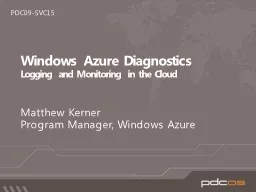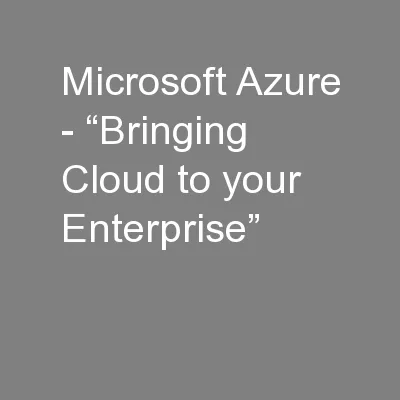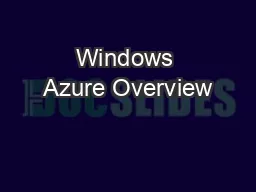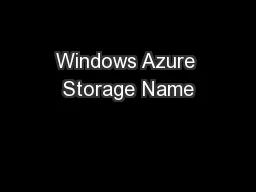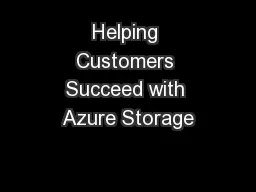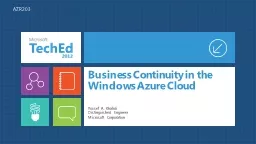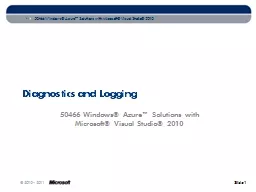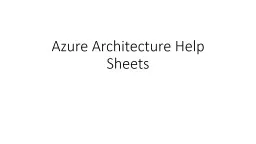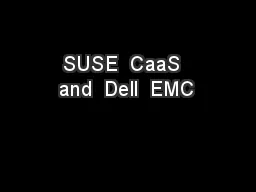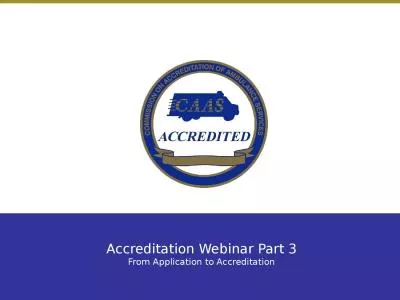PPT-Azure, Caas and Storage Practical Data Driven Configuration as a
Author : luanne-stotts | Published Date : 2019-01-26
Service with Azure Storage Copyright 2016 Monza Clound LLC Agenda Who we are Monza Cloud LLC Note Were not here to read MSDN articles code snippets to you Were
Presentation Embed Code
Download Presentation
Download Presentation The PPT/PDF document "Azure, Caas and Storage Practical Data D..." is the property of its rightful owner. Permission is granted to download and print the materials on this website for personal, non-commercial use only, and to display it on your personal computer provided you do not modify the materials and that you retain all copyright notices contained in the materials. By downloading content from our website, you accept the terms of this agreement.
Azure, Caas and Storage Practical Data Driven Configuration as a: Transcript
Download Rules Of Document
"Azure, Caas and Storage Practical Data Driven Configuration as a"The content belongs to its owner. You may download and print it for personal use, without modification, and keep all copyright notices. By downloading, you agree to these terms.
Related Documents



